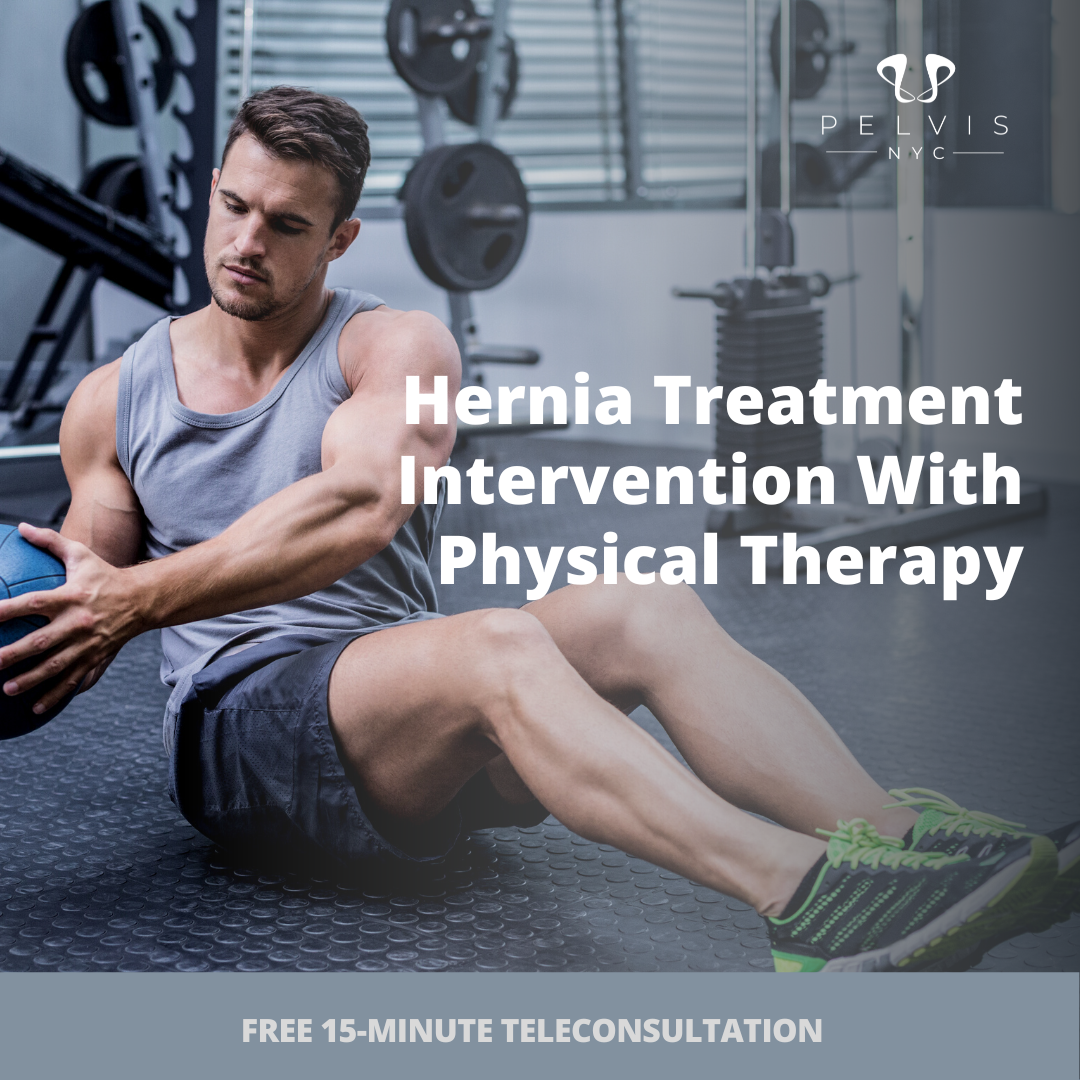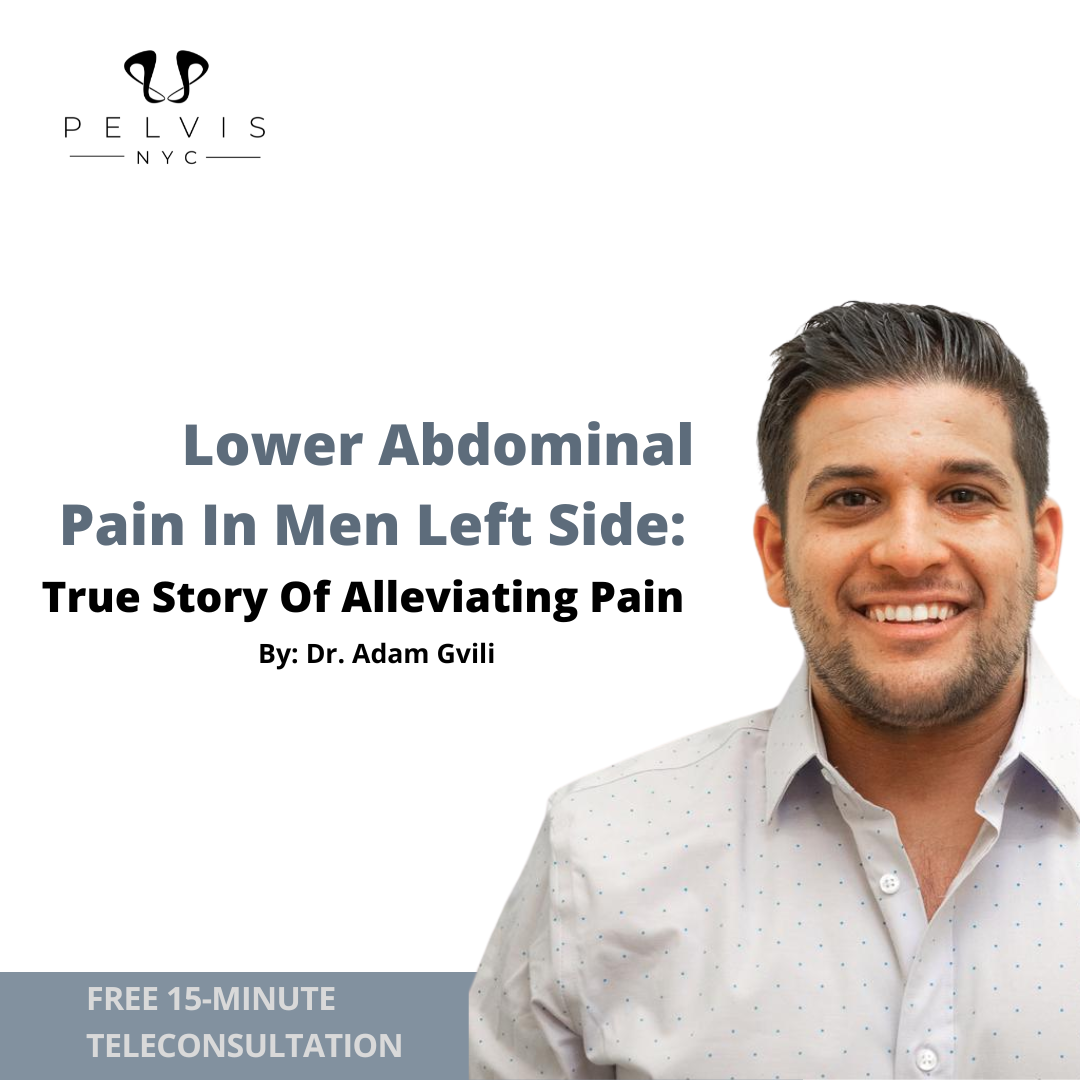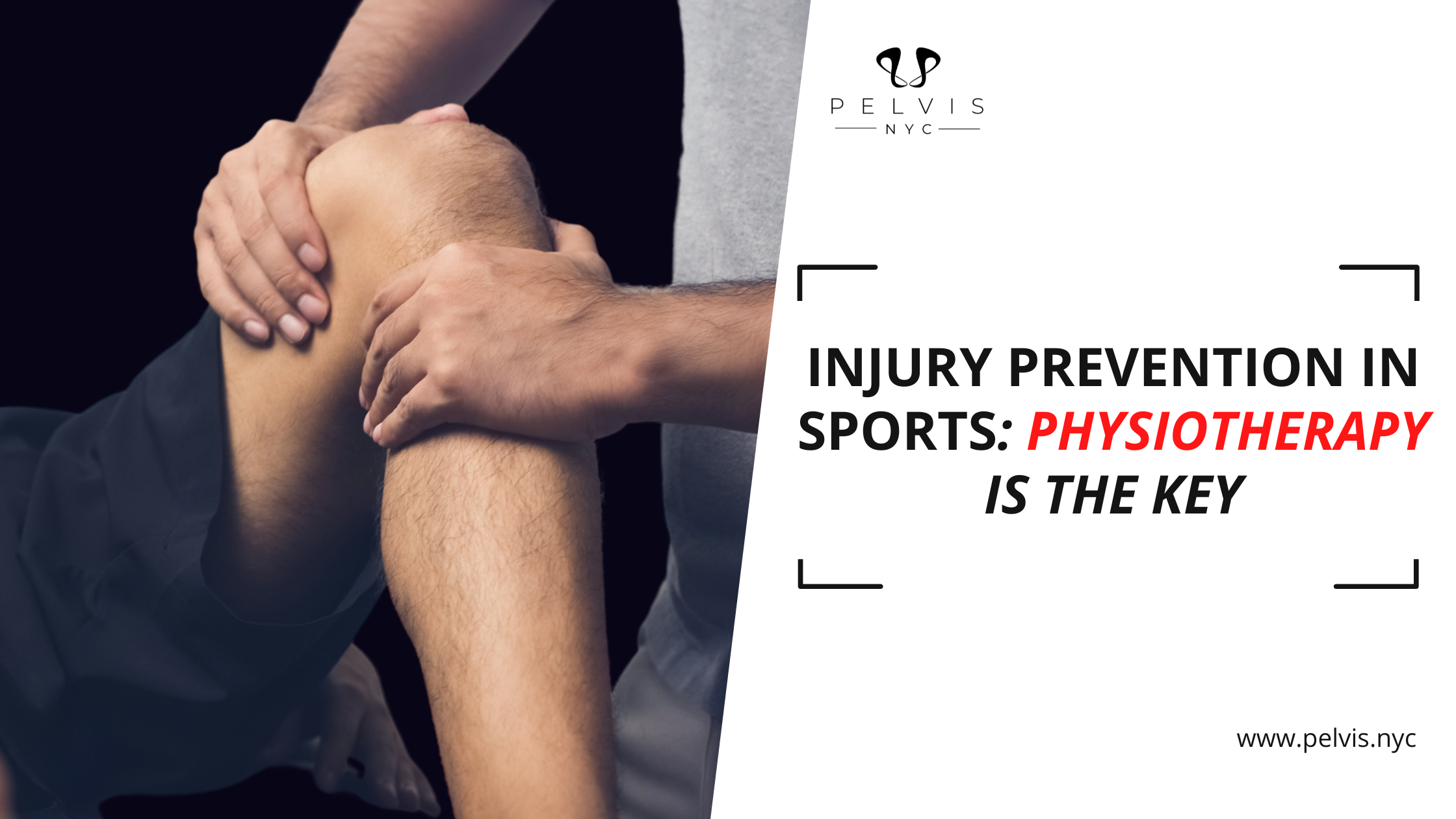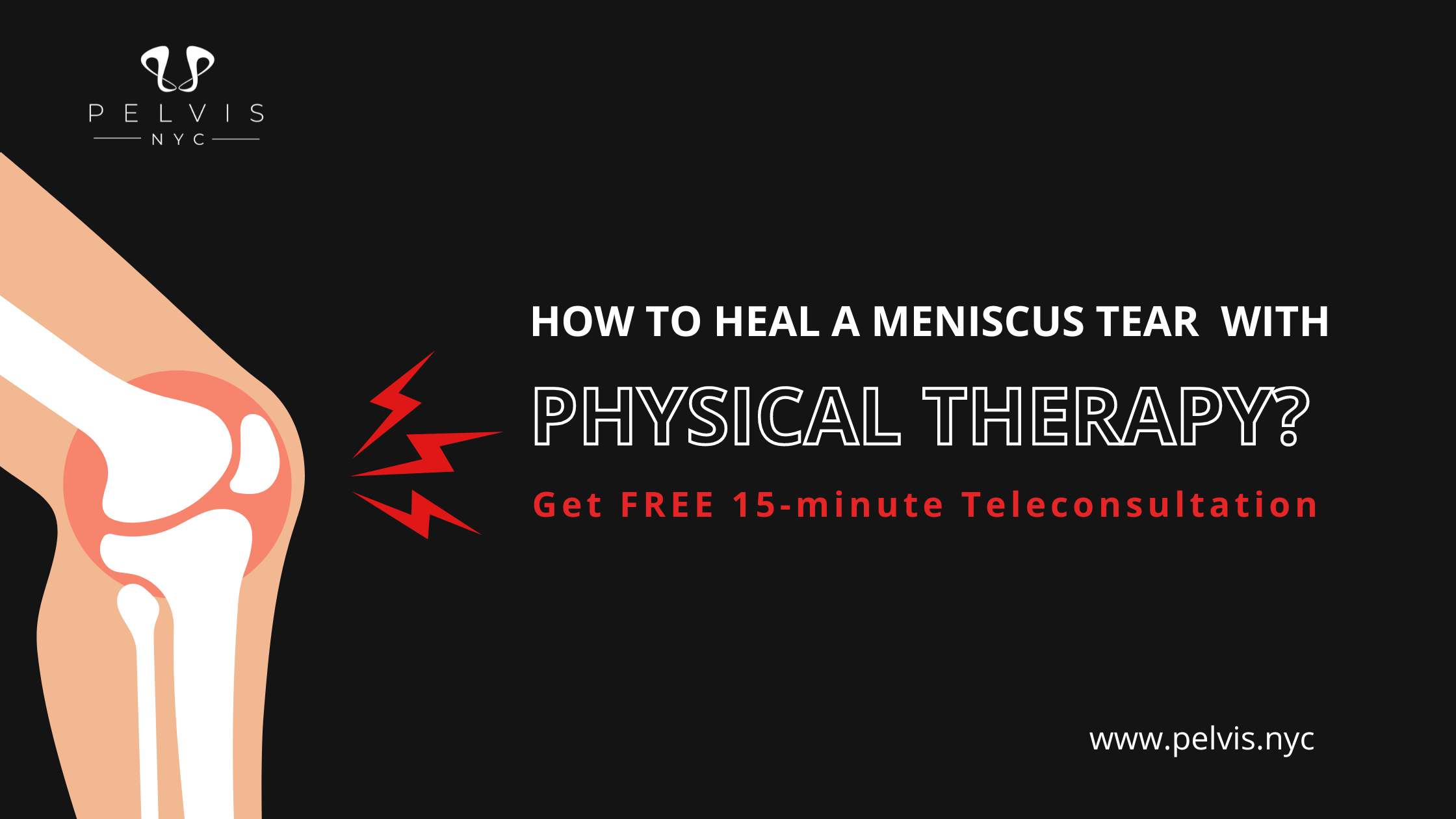Do you feel like hard flaccid syndrome has taken over your life and left you feeling helpless? It’s a frustrating condition that affects many men, especially those who lead active lifestyles or experience pelvic floor dysfunction. However, there is a skilled doctor of physical therapy for hard flaccid around New York. Dr. Adam Gvili specializes in helping men overcome the frustrating symptoms of hard flaccid syndrome through personalized and evidence-based physiotherapy.
In this blog, we’ll show you how Dr. Gvili’s approach can help you too.
Understanding the Causes of Hard Flaccid Syndrome
Dr. Adam Gvili has helped many men understand the root causes of their symptoms. He explained that this condition is caused by a variety of factors, both physical and psychological. Some of these most common causes are overuse of pelvic muscles, trauma, or injury to the pelvic area. Chronic stress, anxiety, and hormonal imbalances also contribute to the problem.
If you’re someone who engages in high-intensity sports, you may be at risk for developing hard flaccid syndrome. Because prolonged sitting or standing can also strain the pelvic muscles. As a result, the pelvic muscles can become tense and tight, making it harder to achieve or maintain an erection. Fortunately, Dr. Gvili’s physiotherapy treatments can help you reduce muscle tension and improve blood flow to the area.
In addition to physical causes, hard flaccid syndrome can also be influenced by psychological factors. Stress and anxiety can cause the body to release hormones that trigger the pelvic muscles to contract and tighten. This can lead to pain, discomfort, and difficulty achieving or maintaining an erection.
It’s important to note that hard flaccid syndrome can also be caused by underlying medical conditions. These include prostate problems, urinary tract infections, or neurological disorders. If you’re experiencing persistent symptoms, it’s important to consult with a healthcare professional to determine if an underlying condition may be contributing to your symptoms. Dr. Gvili can work with you to develop a personalized treatment plan that addresses the root cause of your symptoms, helping you to achieve long-lasting relief.
Treating Hard Flaccid Syndrome with Physiotherapy
You might be wondering how a doctor of physical therapy can help with hard flaccid syndrome. Dr. Adam Gvili specializes in treating this condition using a combination of physiotherapy techniques tailored to your unique needs.
Dr. Gvili’s approach to treating hard flaccid syndrome focuses on improving blood flow to the pelvic area and reducing tension in the pelvic muscles. This can involve a variety of techniques, including pelvic floor muscle exercises, manual therapy, and relaxation techniques. By addressing the physical factors that contribute to hard flaccid syndrome, Dr. Gvili can help you achieve longer-lasting erections and greater sexual satisfaction.
In addition to physiotherapy, Dr. Gvili also offers a holistic approach to treatment- by addressing the emotional and psychological aspects of the hard flaccid syndrome. Also, providing personalized counseling and support, Dr. Gvili can help you manage stress, anxiety, and other factors that can contribute to this condition. By taking a comprehensive approach to treatment, Dr. Gvili can help you achieve lasting relief from hard flaccid syndrome and improve your overall quality of life.
Reason Why You Should Choose Pelvis NYC
If you’re looking for a hard-flaccid doctor in New York who can help you address this condition in a supportive and caring environment, Dr. Gvili is here for you. With his expertise in physiotherapy and commitment to patient-centered care, he can help you achieve greater confidence, comfort, and sexual satisfaction. Contact his office today to schedule a FREE 15-minute teleconsultation and take the first step toward a better, healthier you.











